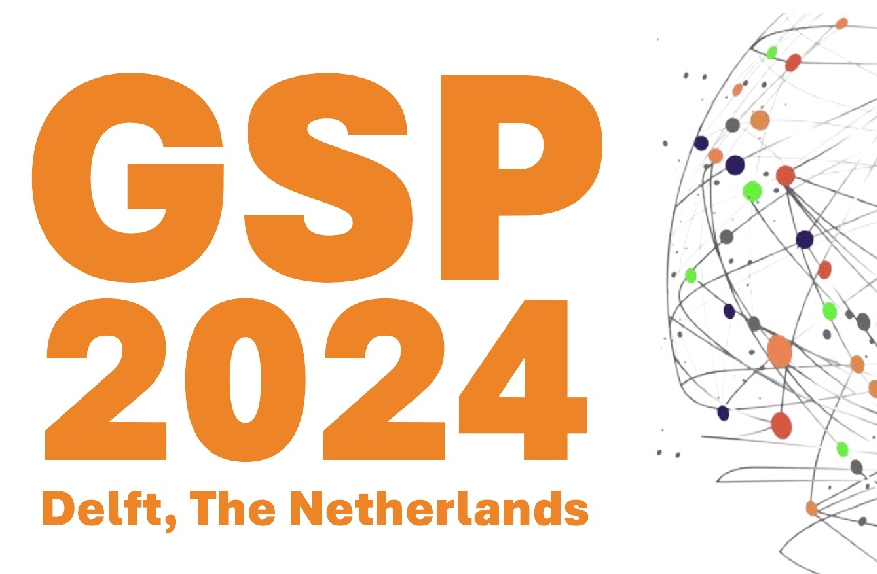Agenda
PhD Thesis Defence
- Wednesday, 21 April 2021
- 15:00-16:00
- online
Advances in graph signal processing - Graph filtering and network identification
Mario Coutino
To the surprise of most of us, complexity in nature spawns from simplicity. No matter how simple a basic unit is, when many of them work together, the interactions among these units lead to complexity. This complexity is present in the spreading of diseases, where slightly different policies, or conditions, might lead to very different results; or in biological systems where the interactions between elements maintain the delicate balance that keep life running. Fortunately, despite their complexity, current advances in technology have allowed us to have more than just a sneak-peak at these systems. With new views on how to observe such systems and gather data, we aim to understand the complexity within.
One of these new views results from, the field of graph signal processing, providing models and tools to understand and process data coming from such complex systems. With a principled view, coming fromits signal processing background, graph signal processing establishes the basis for addressing problems involving data defined over interconnected systems by combining knowledge fromgraph and network theory with signal processing tools. In this thesis, our goal is to advance the current state-of-the-art by studying the processing of network data using graph filters, the workhorse of graph signal processing, and by proposing methods for identifying the topology (interactions) of a network fromnetworkmeasurements.
To extend the capabilities of current graph filters, the network-domain counterparts of time-domain filters, we introduce a generalization of graph filters. This new family of filters does not only provide more flexibility in terms of processing networked data distributively but also reduces the communications in typical network applications, such as distributed consensus or beamforming. Furthermore, we theoretically characterize these generalized graph filters and also propose a practical and numerically-amenable cascaded implementation.
As all methods in graph signal processing make use of the structure of the network, we require to know the topology. Therefore, identifying the network interconnections from networked data is much needed for appropriately processing this data. In this thesis, we pose the network topology identification problem through the lens of system identification and study the effect of collecting information only from part of the elements of the network. We show that by using the state-space formalism, algebraic methods can be applied to the network identification problemsuccessfully. Further, we demonstrate that for the partially-observable case, although ambiguities arise, we can still retrieve a coherent network topology leveraging state-of-the-art optimization techniques.
Additional information ...
Agenda
- Thu, 25 Apr 2024
- 11:00
- HB 17.140
Signal Processing Seminar

Yanbin He
Modelling Error Correction in Sparse Bayesian Learning via Grid Optimization
- Tue, 30 Apr 2024
- 10:00
- HB18.090
MSc SPS Thesis presentation
Wim Kok
A SystemC SNN model for power trace generation
- Mon, 6 May 2024
- 12:30
- Aula Senaatszaal
PhD Thesis Defence

Christoph Manss
Multi-agent exploration under sparsity constraints
- Tue, 21 May 2024
- 10:00
- Aula Senaatszaal
PhD Thesis Defence

Wangyang Yu
- 27 -- 28 May 2024
- Aula, TU Delft
Conferences

44th Benelux Symposium on Information Theory and Signal Processing (SITB'24, Delft)
- Tue, 18 Jun 2024
- 15:00
- Aula Senaatszaal
PhD Thesis Defence

Hanie Moghaddasi
Model-based feature engineering of atrial fibrillation
- Mon, 24 Jun 2024
- Aula, TU Delft
Conferences
